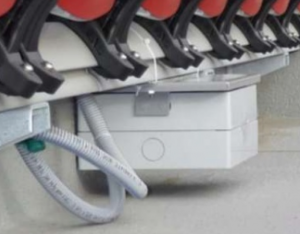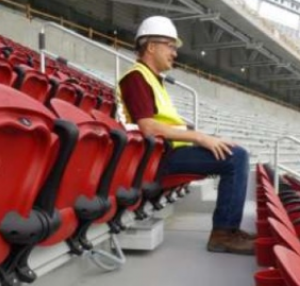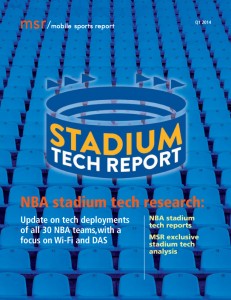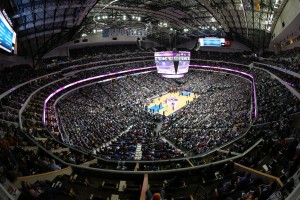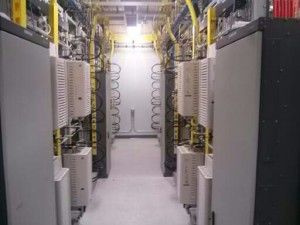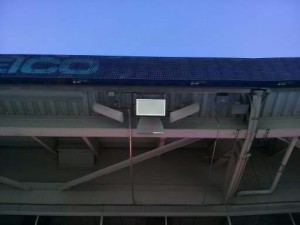(editor’s note: We don’t do April Fools jokes, so this is real news)
At its user conference in Las Vegas last month, Aruba Networks had a keynote presentation (slides embedded below) about Wi-Fi deployment strategies at Levi’s Stadium, and the Niners’ senior IT director Dan Williams was a speaker, so clearly the team is comfortable with its execs talking with and about Aruba products. While it’s entirely possible that other Wi-Fi gear may find its way into what is being billed as the greatest stadium network of all time, it’s clearly a big win for Aruba, which is making headway with major announcements in stadium networking.
We have an email in to the 49ers CTO office to see if they will say anything official yet, but with pictures of APs being installed under seats it apparently won’t be long before we hear the official news of the deal. Aruba, as you may recall, is also behind the recent Wi-Fi network built for American Airlines Center in Dallas, home of the NBA’s Mavericks and the NHL’s Stars. Aruba gear is also being used for the Wi-Fi network being built at the Portland Trailblazers’ home, the Moda Center. (For more information on NBA stadium Wi-Fi deployments download our recently released Stadium Tech Report for Q1 2014, available for free download from our site)There is no official press release from Aruba yet either, though the company is probably chomping at the bit as evidenced by their not-very-subtle leaks of the information via Twitter:
. @coreyanderson: Aruba Networks providing cool #mobility features for SF 49ers at the new Levi's Stadium! #GenMobile http://t.co/Qttgwrxe3D
— Aruba Networks (@ArubaNetworks) April 1, 2014
@49ers Levi's Stadium is getting ready for #GenMobile with @ArubaNetworks pic.twitter.com/uywDKxrgUF
— christian (@get11ac) March 16, 2014
More, of course, as we hear more — according to the Aruba page there is video forthcoming from the user conference presentation, which may help explain some of the more cryptic bits of the presentation. We especially like the under-the-seat access point installation, with the requisite hardhat worker providing the human touch for perspective. Can’t wait to see how it works on game day!
